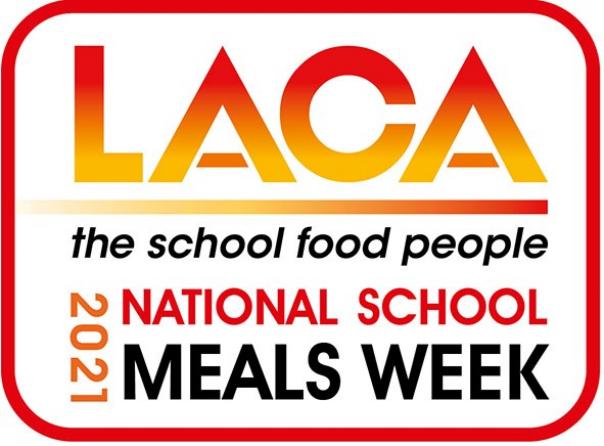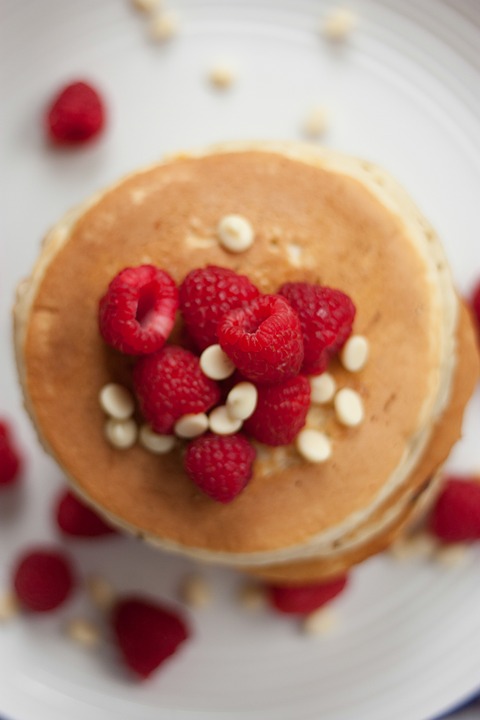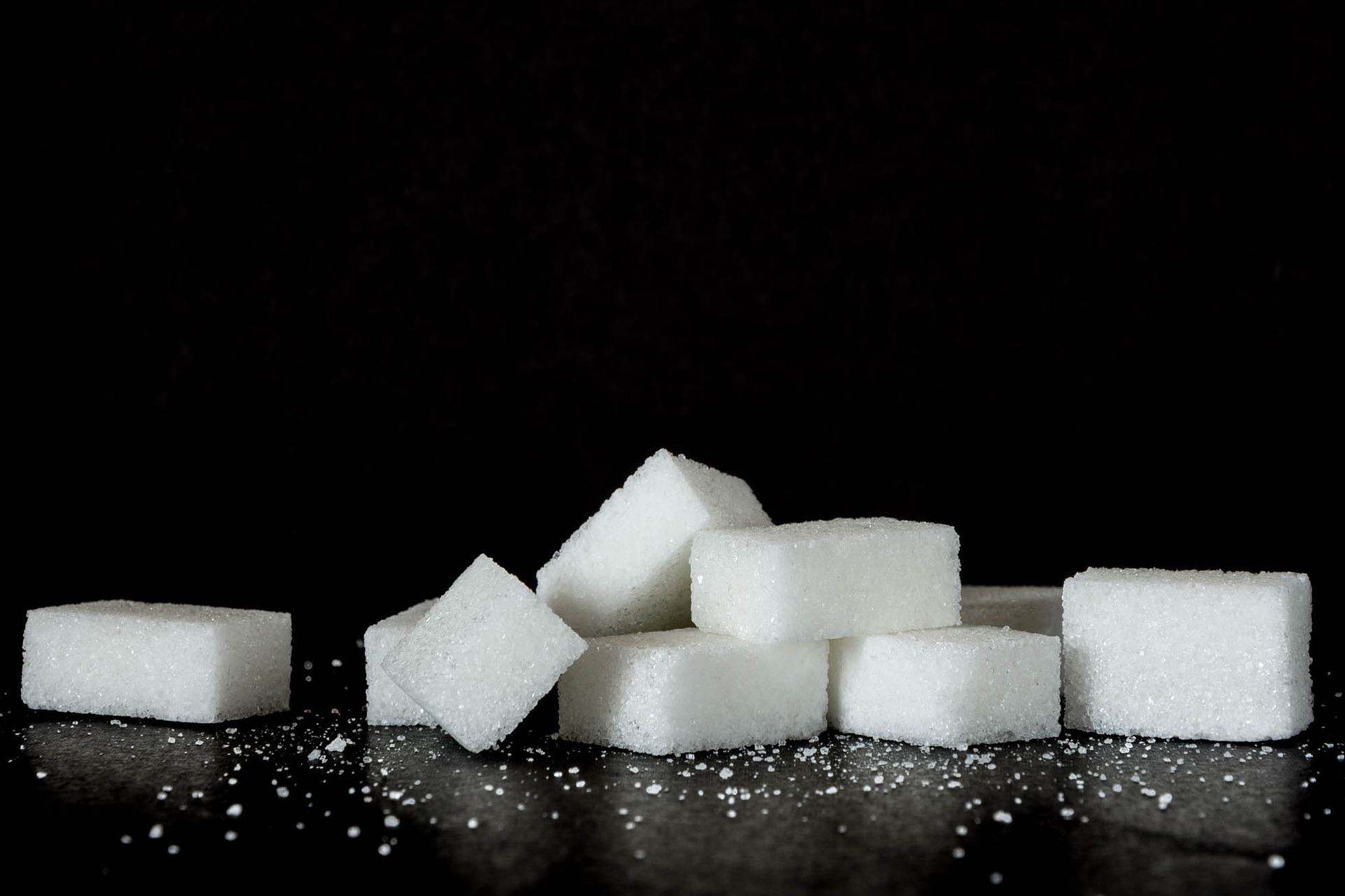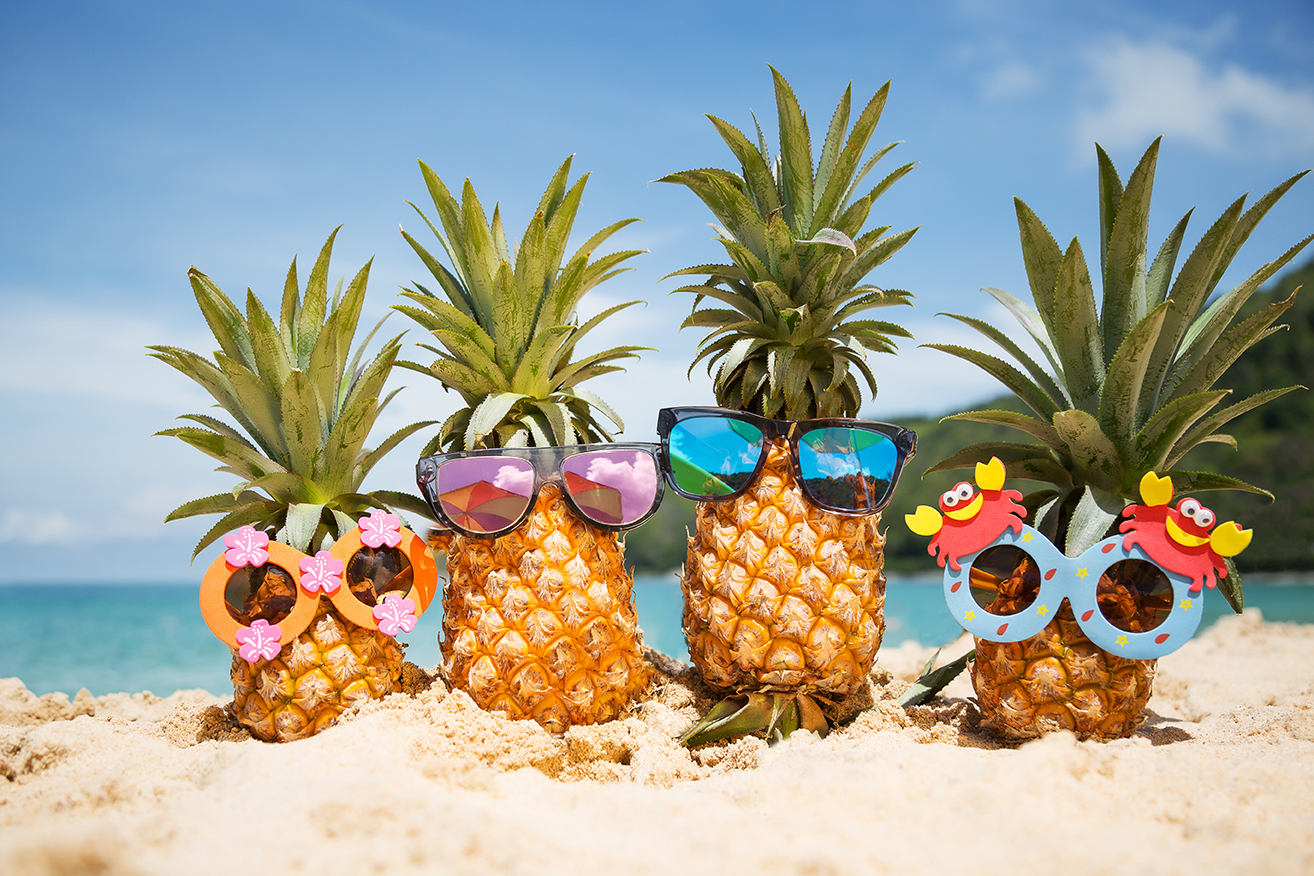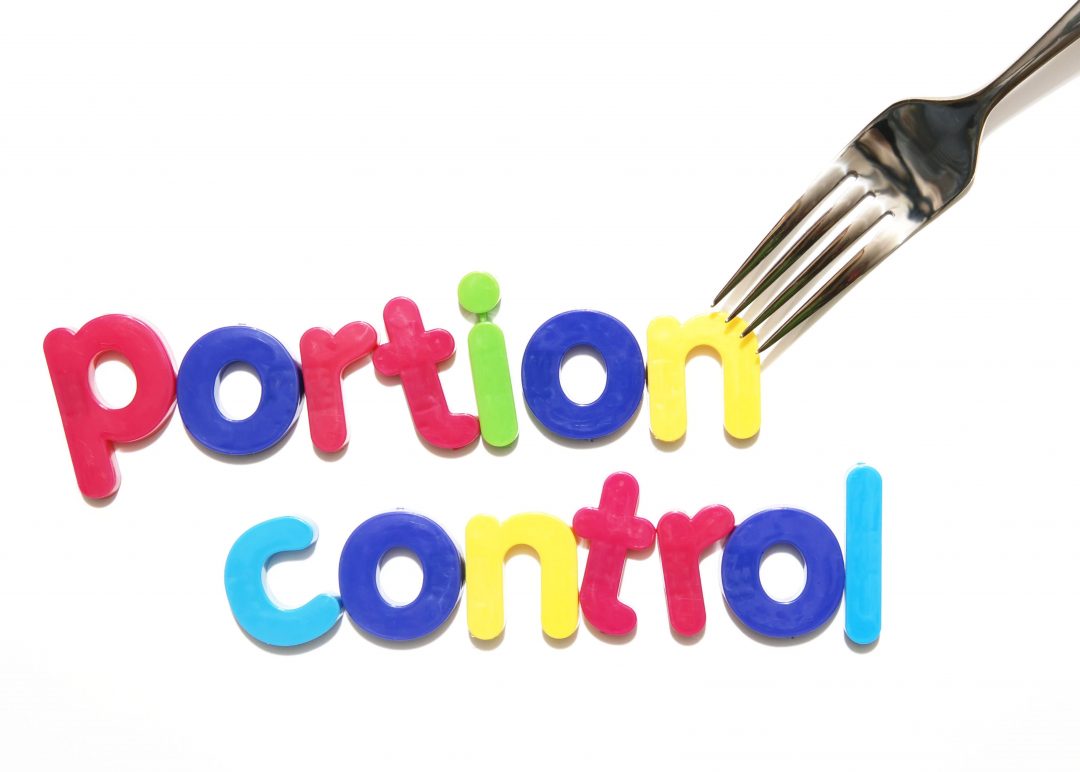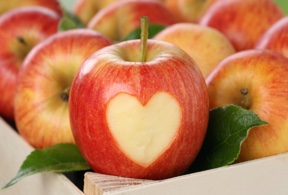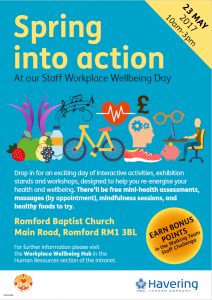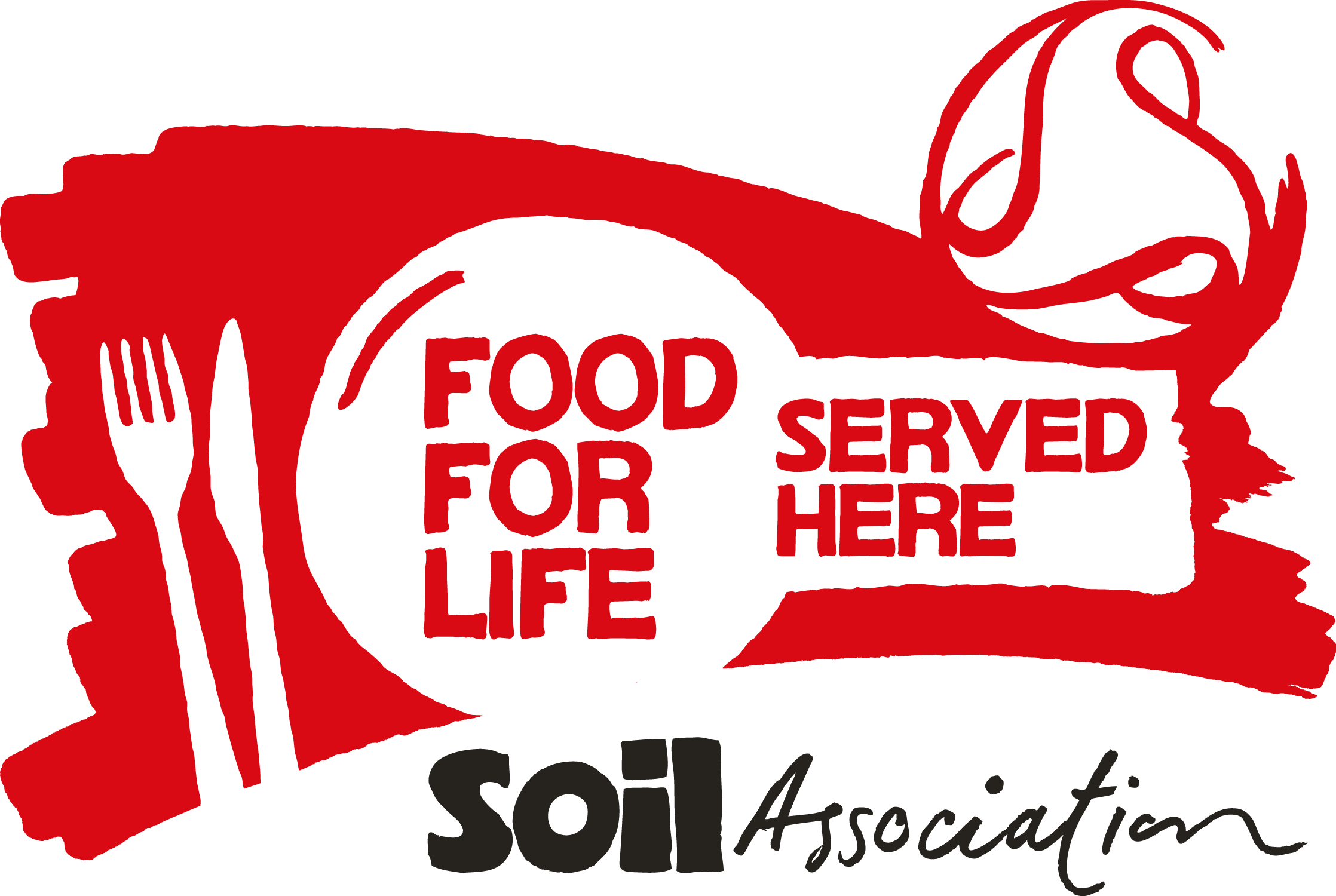Sugar is constantly on the news, as a nation we do consume more than the recommended amount…. It has been suggested that the average UK adult consumes 30kg of sugar in a year, and this isn’t just on confectionary items, but in foods such as bread! To break it down further, weekly us Britons consume up to 140 teaspoons of sugar per person…
We really need to start understanding our sugars and where they might come from. Unfortunately, a lot of the sugars we consume are actually hidden sugars, also known as “Free Sugars” or “Added Sugars”.
What are the types of Sugars?
Natural Sugars
- These are sugars that are naturally found in foods such milk, fruit and vegetables.
Free Sugars (Added Sugar)
- These are sugars that are added to your food and drinks such as biscuits, chocolates, fizzy drinks or Yoghurts.
- These sugars may also be added at home, by a cook/chef in a restaurant or café or other foods that are manufacture red such as jar sauces or fast foods you can microwave or throw in the oven.
- Sugar in syrups, honey, unsweetened fruit or vegetable juices and smoothies are also counted towards free sugars.
Recommendations:
Note these are for FREE SUGARS only- these free sugars should be no more than 5% of our energy intake daily.
- Adults should have no more than 30g of free sugars a day (Approx. 7 Sugar Cubes)
- 7-10 Year olds, no more than 24g of free sugars a day (Approx. 6 Sugar Cubes)
- 4-6 Year olds, no more than 19g of free sugars a day (Approx. 4 Sugar Cubes)
Sugar & Nutritional labels:
Sometimes looking at the amount of sugar on the front or back of food labels can be very deceiving, and what is considered as high or low?
On the back of food packaging, the nutritional labels you might see “of which sugars” underneath carbohydrates, this is the total amount of sugar from all sources- Free Sugars and Natural. For example, in natural plain yoghurt, the label might state it contains 8g per serving, however none of these are free sugars they are natural as they come from milk.
Products are considered to either be high or low in sugar if they fall above or below the following categories:
- High: more than 22.5g of total sugars per 100g
- Low: 5g or less of total sugars per 100g
On the front of food packaging you may come across a “traffic light labels” are also a handy tool to help us decide whether certain food items are healthier than other. These categorise kcals, fat, sugar & fat into red, amber & green colour coding’s.
- Red – high (more than 22.5g of sugar per 100g or more than 27g per portion)
- Amber – medium (more than 5g but less than or equal to 22.5g of sugar per 100g)
- Green – low (less than or equal to 5g of sugar per 100g)
These coding’s are based on reference intakes, for total sugars for adults its 90g a day, which includes 30g of free sugars.
Not only do we have to understand how sugar is represented on the food label but sugar can be disguised within the product ingredients list, here is a list of different names for added sugars you may come across when reading product labels:
- Sucrose
- Glucose
- Fructose
- Maltose
- Fruit juice
- Molasses
- Hydrolysed starch
- Invert sugar
- Corn syrup
- Honey
- Maple Syrup
- Agave Nectar.
- Treacle
Why is sugar so bad for us?
The scariest thought is that we become addicted to sugar, and by replacing it even with sweeteners, this addiction doesn’t go away, we will continue to crave it. Best method? Is trying to cut sugar out of our diets completely without making swaps to sweeteners in hot drinks like tea or fruit squashes. It becomes a very viscous cycle.
Consuming excess sugar isn’t just bad for our health but our children’s, can lead to a vast range of health conditions due to build-up of harmful fat around our organs , this weight gain which can increase the risk of Type 2 Diabetes, Stroke, Heart Disease, some Cancers and tooth decay. It has been shown that tooth decay amongst 5 to 9 years is the leading cause of hospitalisation.
What we are doing at HES Catering:
Within primary schools we have done workshops with the students, helping them understand what free sugars are and where they may be found, comparing different products that might see in supermarkets.
To help our young customers make better choice in regards to sugar consumption, we have published sugar awareness posters to show what we provide as a service compared to external outlets what secondary age pupils can access at lunchtime

Another project we are working on currently in secondary schools due to the wide range of choices, is making sure that the traffic light systems can be accessed by pupils to help them make a more informed educated decision on choosing better healthier choices whilst at school. This includes “traffic light labels” for each dish which we serve on a daily basis. We are aiming this at secondary school pupils as they have a vast range of food to choose from on a daily basis as well as access to outside food chains for the older years (depending on the schools). This will enable our young customers to access more information, including dietary information such as allergens on their phones and other platforms from after February half term. This information can be accessed from a from a QR code on the bottom of their schools menu and the website. We are rolling this out initially at Frances Bardsley and then to our other schools- watch this space!

To find out more about sugar, please visit the following links:

